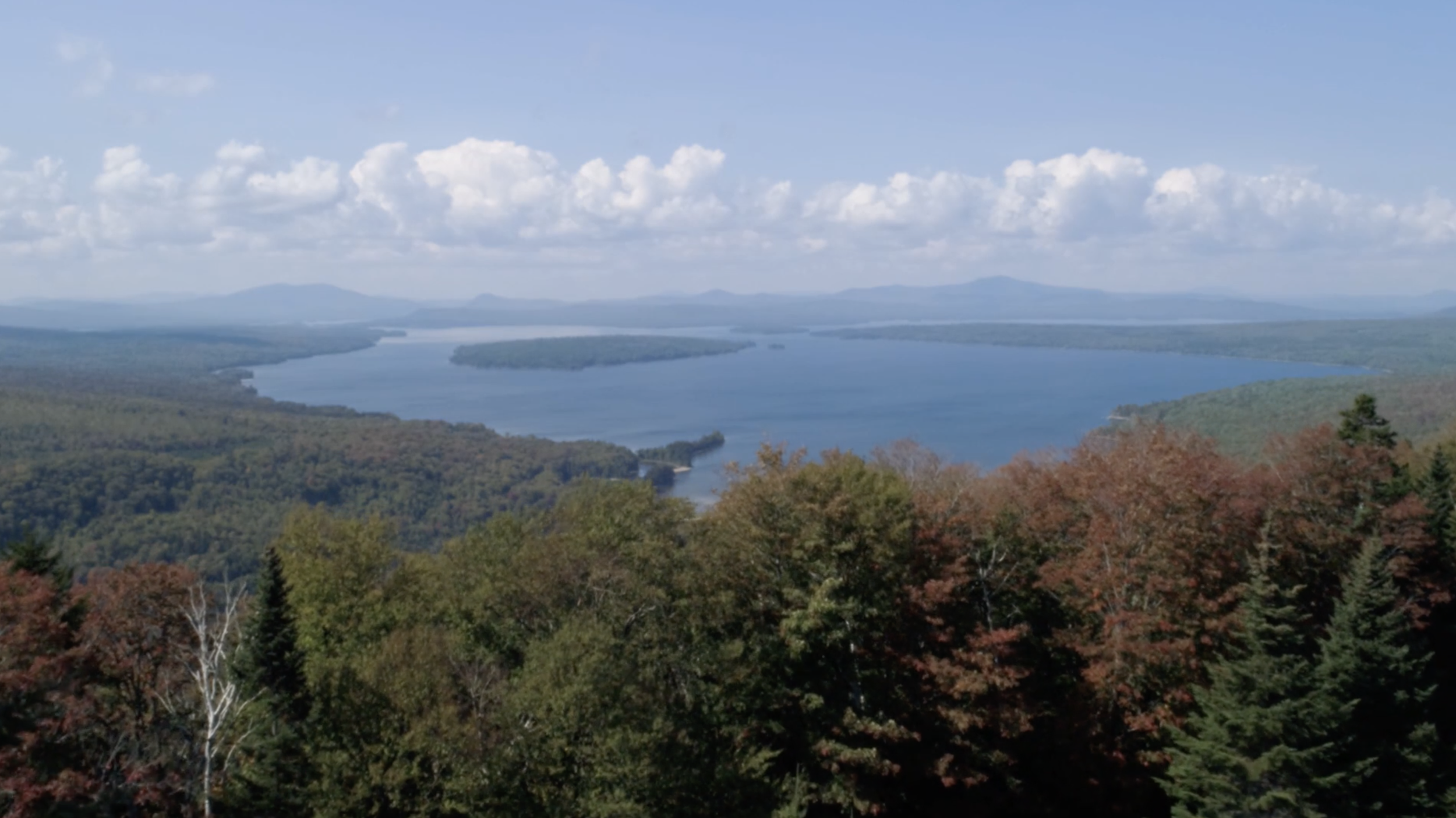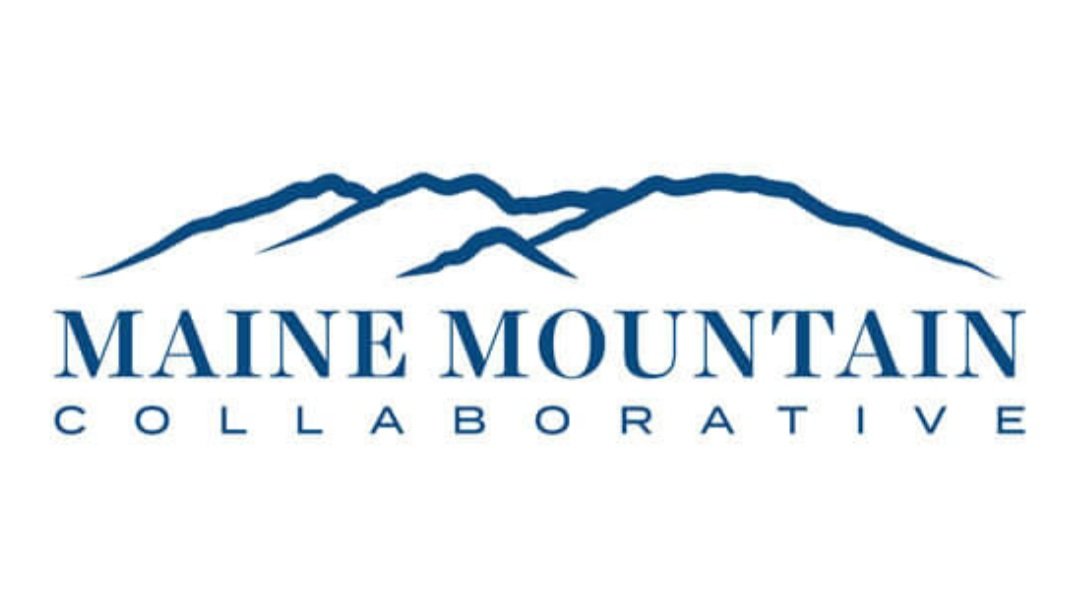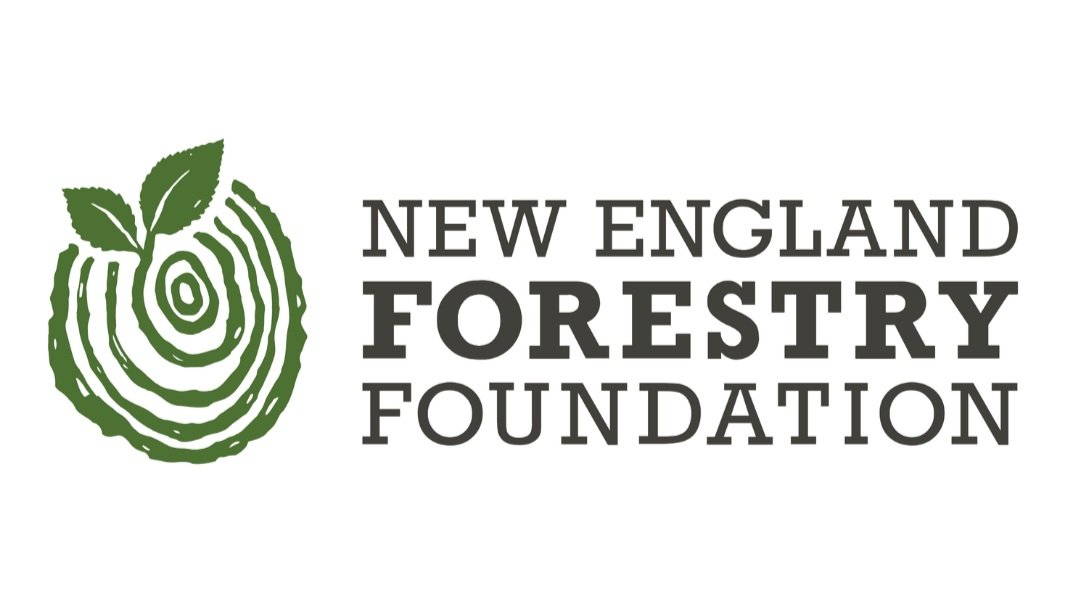Climate Finance
Exemplary Forestry Investment Fund: A Blended Capital Model to Mitigate Climate Change and Secure the Future of the Maine Woods
Location: Northern Maine
Status: Active
Quantified Ventures, the Maine Mountain Collaborative, and the New England Forestry Foundation are combining organizational expertise to develop and capitalize the Exemplary Forestry Investment Fund (EFIF), an impact-first investment vehicle that blends $90MM+ of public, private, and philanthropic capital to acquire and manage 100,000+ acres of Maine forests for improved environmental and financial outcomes.
By blending sources of capital, the EFIF can attract investment that can bridge the gap to long-term forest stewardship to produce durable forest health, carbon sequestration, improved wildlife habitat, and high-value forest products.
The US Department of Agriculture Natural Resources Conservation Service awarded the partners a Conservation Innovation Grant to support the development of the EFIF.
Problem
Forestry is a long-term proposition, but many forest investments today are not due to the financial constraints of traditional investment markets. On a global scale, there are few remaining intact temperate mixed forests like the Maine North Woods. Too much of Maine’s Woods are underperforming both ecologically and financially:
40% of Maine’s North Woods is understocked, reducing timber quality and quantity (source)
80% of Maine’s North Woods has changed hands at least once in the past 40 years, increasing the risk of forest fragmentation and conversion to other land use
A solution is to bring more land into long-term Exemplary Forest Management. Exemplary Forestry encompasses a set of forestry practices that are economically viable, socially equitable, and environmentally beneficial. Properly implemented, this will increase the value of timber land by generating higher stocking levels and higher growth rates. However, these practices have not been widely adopted because it takes a significant amount of time for these benefits to materialize and many land holders are not incentivized to think and act long term.
Approach
Quantified Ventures, the Maine Mountain Collaborative, and the New England Forestry Foundation recognized we need a new financial paradigm for Maine forest management. Collectively, through the EFIF we identified an opportunity to leverage impact investment to create a pathway for financial and environmental returns to work cooperatively.
The EFIF recognizes and responds to the following challenges:
The Climate and Biodiversity crises require action now and at scale
Maine Forests can do more to address these crises with better forest management
Maine Forests underperform ecologically because financial incentives constrain landowners
Conservation and philanthropy are free of financial constraints but can’t operate at speed and scale required to meet these crises
To meet this opportunity and unlock the potential of Maine Forests, we need a new financial model that couples financial and ecological returns
Over time, lands under Exemplary Forest Management will produce greater environmental and financial value. Monetizing unrealized environmental and social benefits – such as forest carbon and conservation easements – will buy time for Exemplary Forestry to prove its value.
Impact
The first acquisitions totaling 10,000-15,000 acres are planned for 2023-24. (Read more about Scammon Ridge Headwaters acquisition). Each has strategic conservation importance, is adjacent to existing conservation lands, contain headwater streams critical for brook trout and water quality, and has local community support and partnerships. The Fund is self-sufficient at 35,000 acres – estimated to occur in 2026 – and is targeting 100,000 acres under management by 2029.
Learn more about the Maine’s Appalachian Mountain Corridor, core of the largest intact forest in the eastern United States:
These Exemplary Forestry best management practices protect and improve soil health, riparian and aquatic habitat all while supporting communities dependent on forest products, tourism, and recreation. Benefits include carbon sequestration, increasing climate change resilience, increasing timber stocking, improving quality and quantity of timber, and enhancing biodiversity: habitat for globally rare bird species, wild brook trout, and Canadian lynx.






